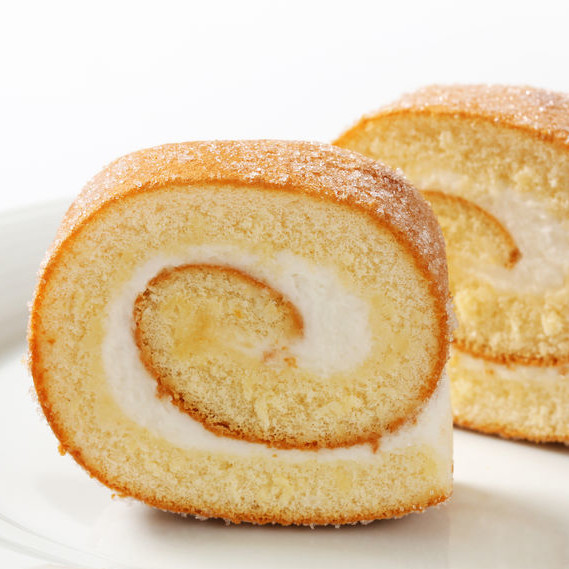
Glyceryl Monostearate
Also known as glycerol monostearate or monostearin
What is Glyceryl Monostearate?
Glyceryl monostearate (GMS) is an effective emulsifier used in the baking industry available in the form of small beads, flakes, or powders. In addition to emulsification, GMS is a thickening agent and a stabilizer.
In baking, it is used to improve dough quality and stabilize fat/protein emulsions.
Origin
The first known emulsifier was egg yolk, often used to disperse liquid oil into an acidic aqueous phase. Mono- and diglycerides were first synthesized in 1853 and were extensively used in shortening and margarine formulations by the 1930s.1
Composition
GMS is a non-ionic ester of glycerol and stearic acid. It is soluble in ethanol at 122°F (50°C) but immiscible with water. It often consists of a mixture of mono, di, and triesters of fatty acids occurring in food oils and fats. They may contain small amounts of free fatty acids and glycerol.2
Commercial Production
GMS is produced either through heating oils/fats with excess glycerol or by direct esterification of glycerol (of animal or plant sources) with stearic acid. The proportion of monoester formed is dependent on the proportion of glycerol and reaction temperature range of 86-140°F (60-80°C). Further purification is carried out by high vacuum distillation.2
Function
The ratio of hydrophilic to lipophilic moieties, called hydrophilic-lipophilic balance (HLB) is used in classifying emulsions. HLB values range from 0-20 with lower values indicating dominant lipophilic character while higher values indicate hydrophilic character. GMS has a HLB value of 3.8, making it lipophilic and suitable for uses in w/o emulsions, such as batters and doughs, dairy and other products.3
GMS is used in a paste form, i.e. mixed with water and other ingredients to improve gel stability. It is an unsaturated monoglyceride and offers better stability than other unsaturated monoglycerides, such as oleic acid.4
It is used in the baking industry to:
- Help in the formation and maintenance of uniform dispersions of immiscible solvents.
- Stabilize emulsions via displacing proteins from oil, wax or solvent surfaces.4
- Improve bread texture, and retard staling due to its complexation with starch amylopectin4
- Improve aeration of doughs and batters.
Applications
GMS has been used in the following applications:2
- To improve the physical and rheological properties of the batter and thus better-quality cakes
- In breads such as pain courant Français, Friss búzakenyér, naan and roti
- In sponge cakes and pancakes for aeration.
- Dairy products such as cream, whipped cream, ice cream, cream powder, imitation creams, etc.
- Fruit/vegetable spreads, jams, jellies, marmalades
FDA Regulations
The FDA recognizes GMS as GRAS. 21 CFR 184.1324 states that GMS of adequate purity may be used without limitations in compliance with GMP.
References
- Whitehurst, R. J., “2. Mono- and digycerides” Emulsifiers in food technology. John Wiley & Sons, 2008, pp 40-59.
- European Food Emulsifier Manufacturers Association (EFEMA), EFEMA index of food emulsifiers. 2013
- The pharmaceutics and compounding laboratory, UNC, “Commonly Used Emulsifiers And Their HLB Values” https://pharmlabs.unc.edu/labs/emulsions/hlb.htm, accessed on 4th April 2019.
- Cauvain, S. P.,L. S. Young. “The stability and shelf life of bread and other bakery products.” In Food and Beverage Stability and Shelf Life, Woodhead Publishing, 2011, pp. 657-682

